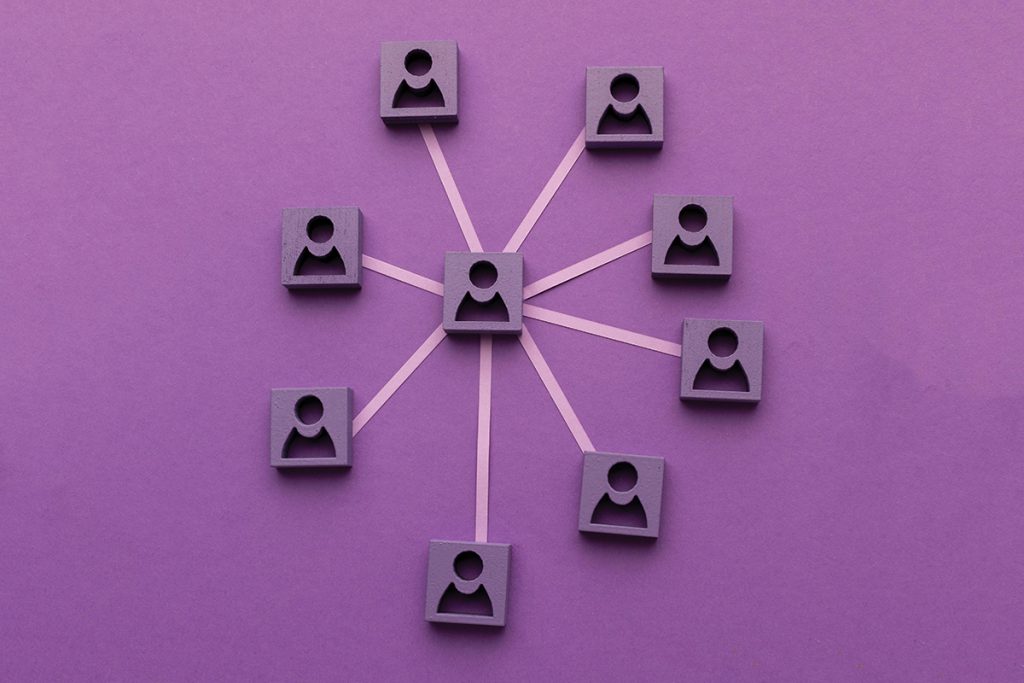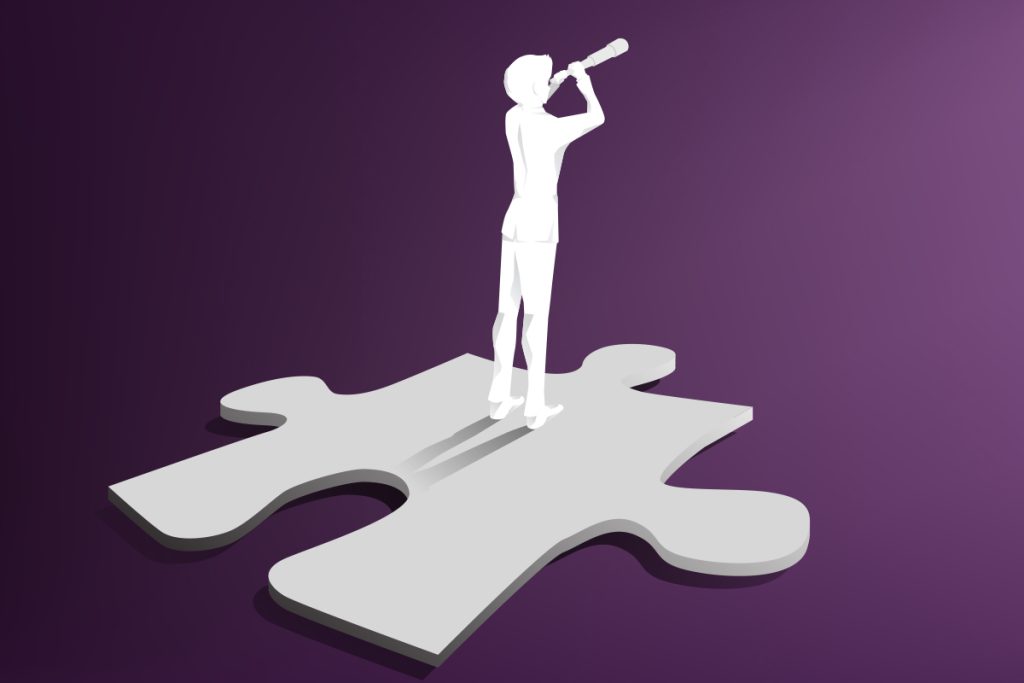The explosive popularity of generative AI offers HR professionals the opportunity to wield it for the benefit of business and its people
Words by Einav Lavi
Much time has passed since IBM announced that it would pause hiring employees in roles replaceable by artificial intelligence (AI), and the network is buzzing. McKinsey reports that by 2030, activities that account for up to 30 percent of hours currently worked across the US economy could be automated—a trend accelerated by generative AI. This is not a Luddite moment, but it is a milestone for how HR has to think about the idea of managing and developing human capital through this moment.

Moments before thousands of tech professionals would polish their resumes and seek quick professional pivots, let’s try to understand the potential opportunity and risk in the machine.
Today, many companies embed AI technologies. HR is not an exception, benefiting from the ability to automate repetitive tasks or administrative duties. Artificial intelligence technologies excel in data processing tasks, and pattern recognition, and complement these functions much faster and more efficiently than humans, making them valuable tools in the field of human resources.
At the end of the day the power of the workforce is its ability to drive results, especially in a constantly changing world. Think about four questions that will increasingly dominate our management of these human assets:
- How do we re-skill our people right now?
- How do we develop the right mindset for a future of constant re-skilling in an AI world?
- How will an AI dominated world change the ways we measure and reward success?
- Are we as an executive team up for this journey?
Integrating AI: Specifically in line with HR professionals
A nuanced and unflustered perspective on AI entering the field presents a real line to HR professionals: it’s more reasonable for AI to enhance the capabilities of professionals rather than replace them. If AI is leveraged for the right purposes, such as assisting in talent acquisition, data analysis, and generating insights for HR, it allows human resources professionals to focus on higher-value activities that require professional expertise and personal interaction, which no machine can replicate.

Professionals in the field play a crucial role in matters requiring human judgment, empathy, and strategic thinking. AI, by freeing their hands from repetitive and automatic tasks, gives them much more time to engage with employees, shape company culture, and address workplace issues.
Here are some examples of capabilities and areas of responsibility that artificial intelligence cannot replicate.
Building relationships
Human resources professionals often work closely with employees and candidates, handling sensitive and personal matters. Building relationships, providing support, and understanding the needs of employees and candidates require human interaction and emotional intelligence.
Decision-making
Human resources professionals are involved in complex decision-making processes, such as hiring, performance evaluations, and organizational development. While artificial intelligence can provide the necessary information and analysis for decision-making, the insights, often involving subjective judgment and deep understanding of organizational dynamics, must be accepted by humans.
Employee counseling and conflict resolution
HR professionals deal with counseling employees and resolving conflicts in the workplace. These situations require empathy, active listening, and the ability to navigate complex interpersonal dynamics.
Strategic planning and organizational development
HR professionals contribute to strategic planning, talent management, and organizational development. They analyze workforce data, identify skill gaps, and develop strategies to align employee capabilities with the company’s business goals. Such strategic thinking and long-term planning require a deep understanding of the organization’s business and human components.
Turn the enemy into a friend
Now, as the hysteria seems unnecessary, it’s worth trying to turn the enemy into a friend and embrace the technology, with the central question in transitioning to AI being how it can help HR professionals allocate their time to strategic activities, which require human expertise and personal interaction.

For example, smart implementation of technology can significantly streamline recruitment processes, especially in large organizations. Starting from building job descriptions – where AI can identify gender bias and assist in choosing neutral language.
Additionally, technology can compare against past performance of successful descriptions and tailor a more successful formula. Continuing, technology will aid in candidate screening and resume parsing. AI tools can quickly analyse keywords and required experience, matching them with potential candidates. Automatic screening and matching will redirect recruiters’ time to focus on building relationships with candidates, improving social media presence, and enhancing their recruiting skills.
Next, AI-based chatbots can handle the initial stages of the interview process, scheduling interviews, and answering basic questions about the job and the company. Already today, initial stages of candidate assessment are conducted through pre-recorded video interviews and automatic evaluation of answers. This saves recruiters a lot of time, meeting only the most suitable candidates at the end of the process.
Additional uses of artificial intelligence can further streamline work processes with employees. AI can monitor employee engagement and satisfaction through surveys, feedback, and interactions on social media. AI can identify patterns and provide insights to HR teams, allowing them to focus on strategies for employee retention and productivity.
Some advocate for technology to create chatbots and virtual assistants, interacting with candidates and employees, and providing immediate answers to questions related to job applications, benefits, policies, and other human resources matters. These systems can handle a large volume of inquiries and offer personalized assistance.
But above all, the advantage of AI offers the ability to analyse vast amounts of data, enabling HR executives to perform predictive analysis. The algorithm easily analyses employee performance, turnover rates, historical hiring patterns, and more, providing HR managers with a macro view for strategic decision-making on recruitment and workforce management, quickly and with minimal effort.
Looking to the future
AI has the potential to significantly improve recruitment and human resources processes, making them more efficient and effective, while reducing gender biases and improving employee and candidate experiences.
However, in the implementation stages of the technology, a great deal of caution and alleviation of fears among flesh-and-blood employees will be required. The application

Of AI must be done while ensuring ethical considerations, transparency, and a precise balance between automation and human involvement. Additionally, continuous monitoring is needed to assess and adapt AI systems. All of these are necessary to maintain a fair and inclusive work environment.
Einav Lavi is a talent maximiser for EDB, a Postgres AI Company, with a more than 20-year track record of delivering growth and transformation. Passionate to lead in ever changing talent environment, she crafts high potential teams and practices by leveraging human capital innovation, amidst the fast-paced technology and business trends. She’s always on the lookout for ways to tech up the HR function with innovative technologies and AI.


